Top 14 Wine Regions Every Collector Should Know About
When it comes to wine collecting, understanding the world’s most renowned wine regions is essential. These regions are celebrated for their rich history, unique terroirs, and exceptional wines that age beautifully over time. From the vineyards of Bordeaux to the slopes of Napa Valley, each area offers distinctive flavors and characteristics that make their wines highly sought after by collectors. Whether you’re looking to add age-worthy reds, elegant whites, or sparkling gems to your collection, exploring these iconic wine regions will help you discover wines that are not only great to drink now but also improve with age.
This post may contain affiliate links, which helps keep this content free. Please read our disclosure for more info.
Bordeaux, France
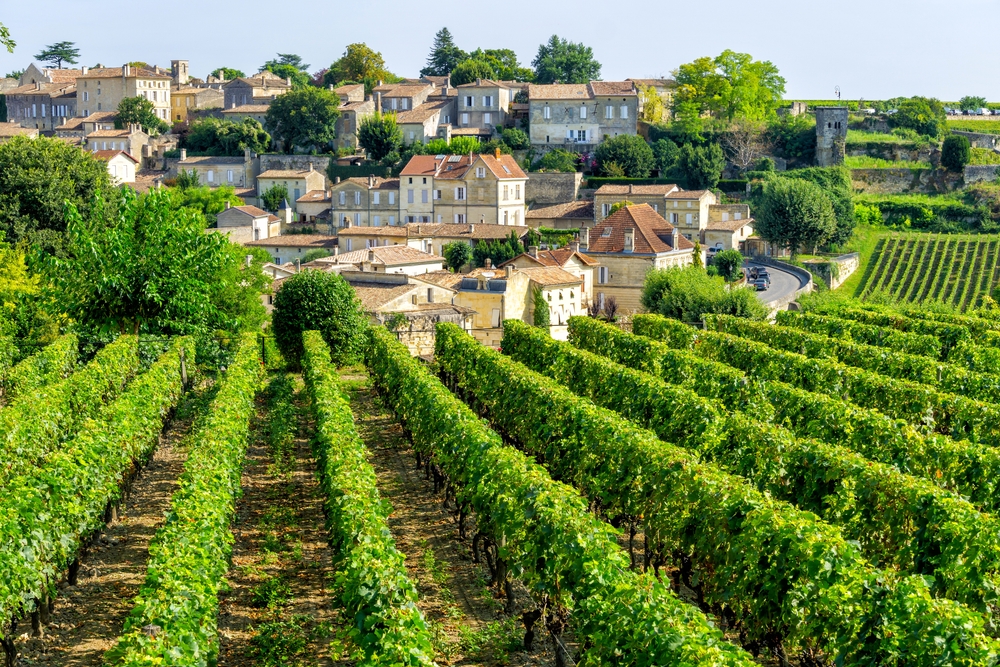
Bordeaux is often regarded as the gold standard of fine wine production. This region, located in the southwest of France, has a deep winemaking tradition dating back to Roman times. Bordeaux’s ideal climate and diverse terroir make it home to some of the world’s most prestigious wines, particularly Cabernet Sauvignon, Merlot, and Cabernet Franc. These wines are known for their structure, balance, and long aging potential. The region is divided into sub-regions such as the Left Bank, where Cabernet Sauvignon dominates, and the Right Bank, which is more Merlot-based. The unique blend of varietals in Bordeaux wines creates wines with complexity, depth, and a flavor profile that evolves.
Bordeaux’s winemaking traditions are highly respected, and the region’s Bordeaux Classifications, established in 1855, highlight the finest estates in the region. Collectors value Bordeaux wines for their ability to age gracefully, with top-tier wines like those from Pauillac, Saint-Émilion, and Pomerol becoming more valuable as they mature. Aged Bordeaux wines can develop rich, tertiary flavors, including tobacco, leather, and earthy undertones, making them highly sought after for their ability to improve in the bottle for decades.
Burgundy, France
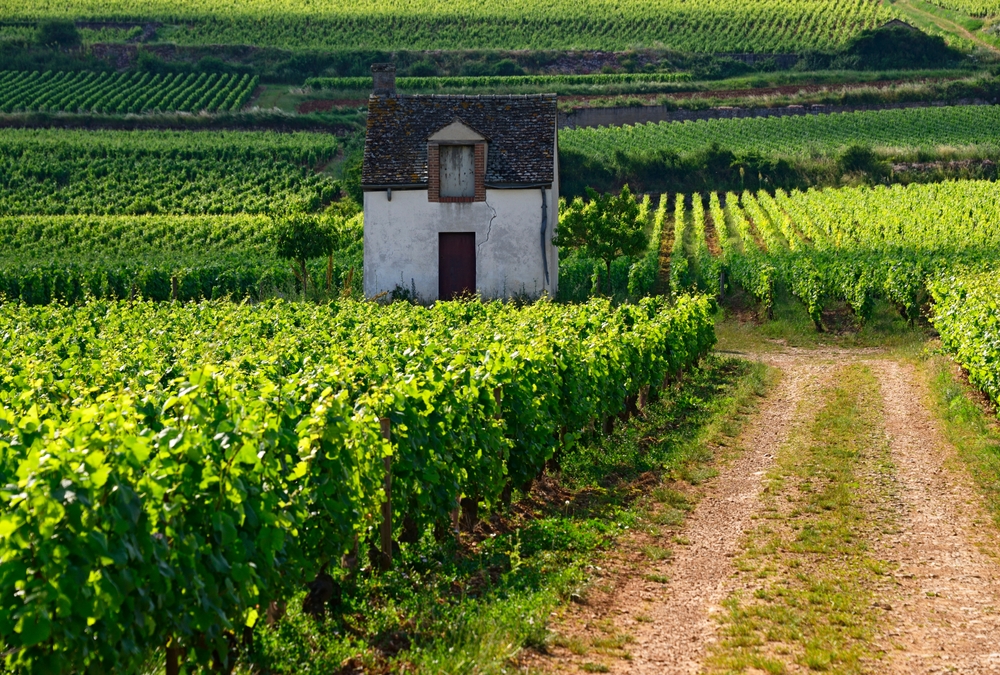
Burgundy, located in eastern France, is one of the most celebrated wine regions in the world, particularly for its Pinot Noir and Chardonnay. The region’s vineyards are split into several appellations, including Côte de Nuits for red wines and Côte de Beaune for whites. Burgundy is renowned for producing wines with extraordinary finesse and complexity, due to the unique combination of soil, climate, and winemaking tradition. The region’s cooler climate and chalky soils are ideal for Pinot Noir, while Chardonnay thrives in the warmer, limestone-rich soils of the Côte de Beaune. These factors contribute to wines that are known for their purity, balance, and elegant fruit expressions.
Burgundy’s Grand Cru and Premier Cru wines are especially prized by collectors due to their aging potential and exceptional quality. The region’s small vineyard plots, often passed down through generations, are key to the wine’s unique characteristics. With the ability to age beautifully for decades, Burgundy wines develop layers of complexity, evolving from fresh fruit flavors to more nuanced notes of earth, spice, and forest floor. These wines are a favorite among collectors for their remarkable ability to improve and deepen in flavor over time.
Napa Valley, USA
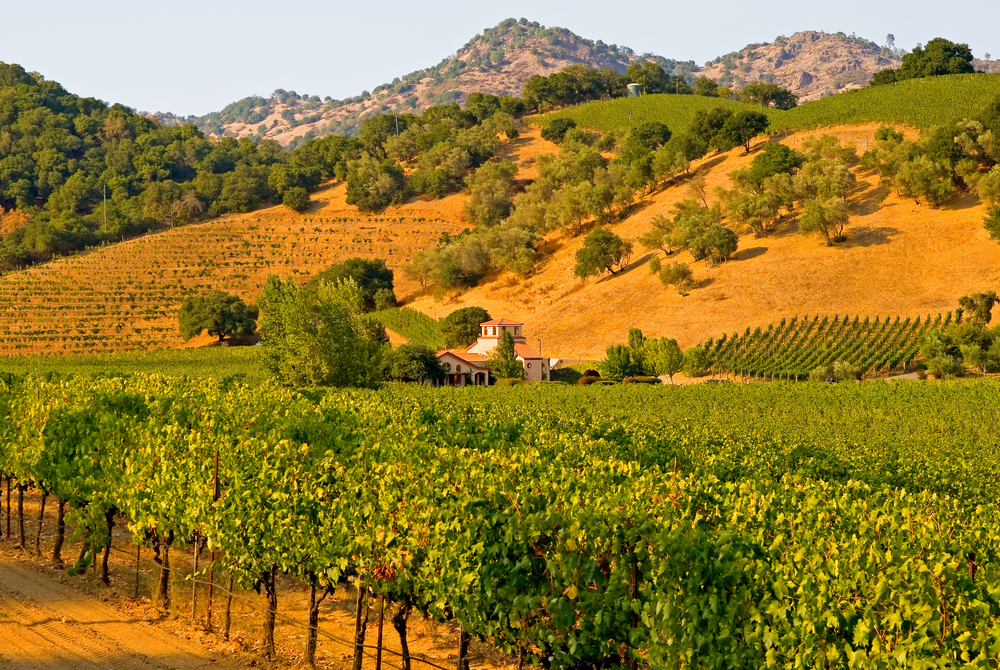
Napa Valley, located in California, is one of the most famous wine regions in the world. Known for its Mediterranean climate, Napa Valley is particularly suited for growing Bordeaux varietals such as Cabernet Sauvignon, Merlot, and Cabernet Franc, as well as other popular varietals like Chardonnay and Zinfandel. Napa’s long growing season allows the grapes to ripen fully, producing wines that are rich, full-bodied, and complex. Napa wines are known for their fruit-forward flavors, with bold notes of dark berries, black currant, and cassis. The wines from Napa are often considered to have a more modern style, with an emphasis on opulence and intensity.
Collectors seek Napa Valley wines for their excellent aging potential, particularly for the top-tier producers in the region. Napa wines, particularly those from famous sub-regions like Rutherford, Oakville, and Stags Leap, develop rich tannins and a smooth, velvety texture with age. These wines are known for becoming more refined and nuanced as they mature, offering layers of flavors like tobacco, leather, and cedar. Napa Valley has firmly established itself as a leading wine region, with its wines sought after for both immediate enjoyment and long-term aging.
Piedmont, Italy
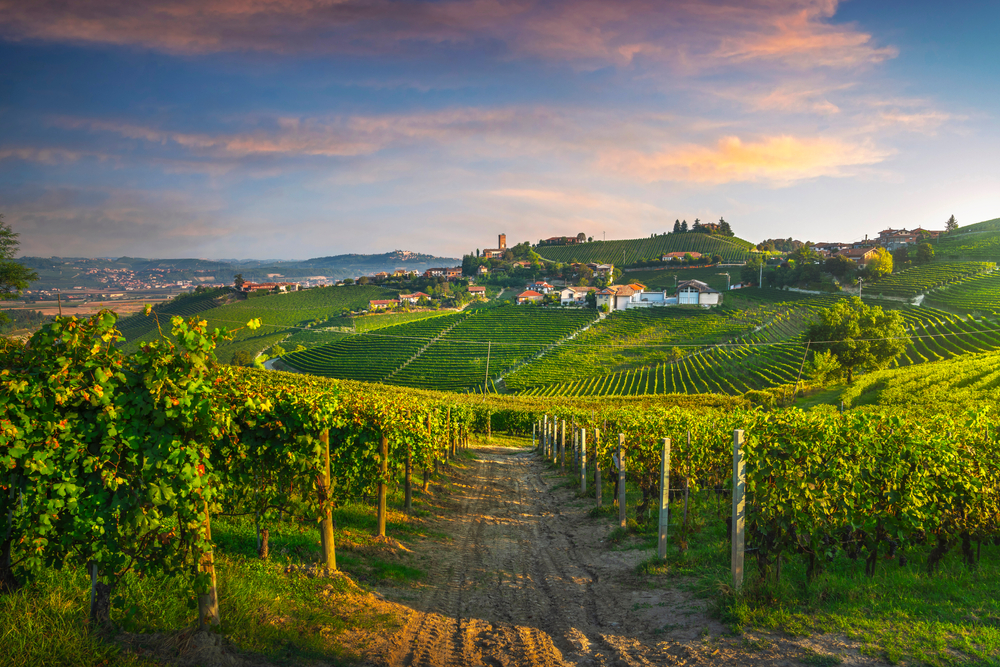
Piedmont, located in the northwest of Italy, is home to some of the country’s most prized wines, including Barolo and Barbaresco. These wines are made from the Nebbiolo grape, which thrives in the region’s cool climate and clay-rich soils. Nebbiolo is known for producing wines with high acidity and tannin content, making them ideal for aging. Barolo, often referred to as the “King of Wines,” is particularly known for its power and structure, while Barbaresco offers a slightly softer, more elegant expression of the same grape. Both wines are characterized by their complex aromas, which include notes of rose, tar, and dark fruit.
The aging potential of Piedmont wines is highly regarded, with the best examples evolving beautifully over decades. These wines often gain depth and complexity with time, developing layers of earthy, floral, and savory flavors. Collectors prize Piedmont wines for their ability to age gracefully, with older bottles often fetching high prices at auction. The region’s winemaking traditions, along with its distinctive terroir, contribute to the creation of wines that are not only age-worthy but also some of the most coveted in the world.
Tuscany, Italy
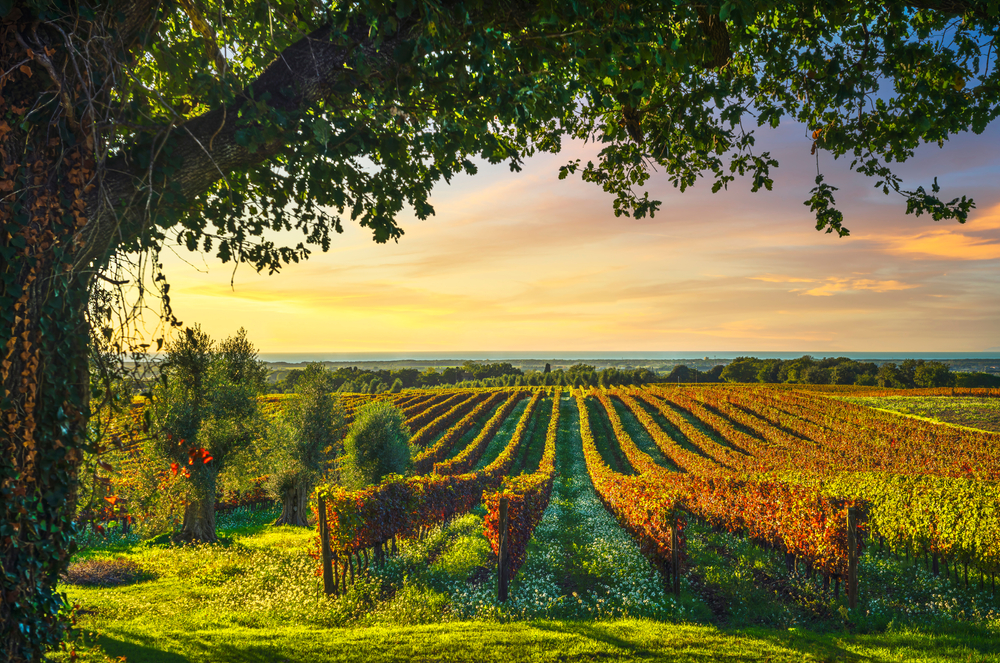
Tuscany is a region steeped in history and is one of Italy’s most famous wine-producing areas. The region is best known for wines made from the Sangiovese grape, which forms the base of iconic wines such as Chianti, Brunello di Montalcino, and Vino Nobile di Montepulciano. Sangiovese wines are known for their bright acidity, firm tannins, and complex aromas of red fruit, herbs, and earth. Tuscany’s varied terroir, which includes hills, valleys, and coastal influences, produces wines with unique characteristics, making it a region full of diversity within its wines. The wines of Tuscany are often structured, with a balance of fruit, acidity, and tannin, making them ideal for aging.
Among Tuscany’s many renowned wines, Brunello di Montalcino stands out for its aging potential. This wine, made entirely from Sangiovese Grosso, is known for its richness, complexity, and ability to develop intricate flavors as it ages. Collectors often seek out Brunello and other Tuscan wines because of their remarkable capacity to evolve. As they age, these wines develop notes of leather, tobacco, and dried fruit, making them highly prized by collectors who appreciate wines that improve with age.
Rioja, Spain
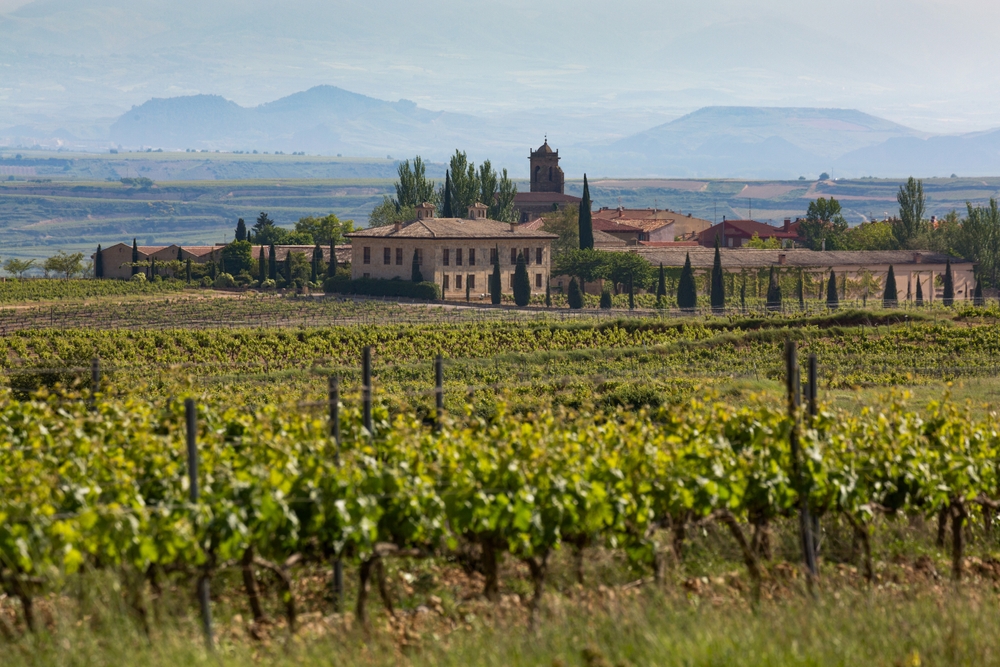
Rioja, located in northern Spain, is widely considered the country’s top wine-producing region. The region is most famous for its red wines, particularly those made from the Tempranillo grape. Rioja wines are known for their balance of fruit and oak, with many aged in American oak barrels to impart distinctive vanilla and spice flavors. The climate and terroir of Rioja, with its Mediterranean influence and diverse soils, allow for the production of wines that range from youthful and fruit-driven to mature, complex expressions. Rioja is also known for its traditional winemaking methods, with wines classified by aging categories such as Crianza, Reserva, and Gran Reserva.
The aging potential of Rioja wines is well-known, with Gran Reserva bottlings being particularly prized by collectors. These wines, often aged for several years before release, develop layers of complexity, with flavors of dried fruit, leather, and tobacco emerging with age. Rioja’s long history of winemaking, combined with its reputation for high-quality wines, makes it a key region for collectors who seek wines that will mature gracefully over time and increase in value as they age.
Willamette Valley, USA
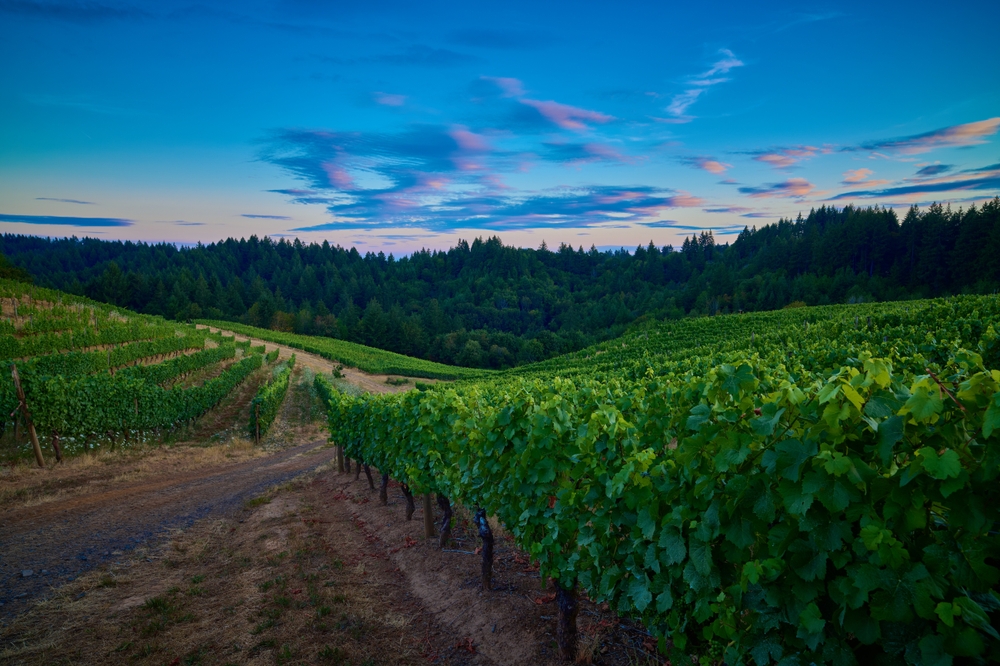
Willamette Valley, located in Oregon, has quickly risen to prominence as one of the top wine regions in the United States, particularly for Pinot Noir. The region’s cool climate, coupled with its diverse soils, makes it ideal for growing this delicate grape. Pinot Noir from Willamette Valley is known for its elegance, finesse, and expressive fruit character. The wines often display aromas of red berries, floral notes, and earthy undertones. The region’s commitment to sustainable and organic farming practices, along with a focus on minimal intervention winemaking, has allowed Willamette Valley wines to stand out for their purity and terroir-driven expression.
Willamette Valley Pinot Noir is recognized for its aging potential, with the best wines developing more complexity and depth over time. These wines are prized for their ability to evolve, offering layers of dark fruit, spice, and earthy flavors as they mature. The Willamette Valley has become a favorite for collectors who appreciate wines that show their true character with age, while also offering a more restrained and nuanced style compared to some other famous Pinot Noir regions.
Mosel, Germany
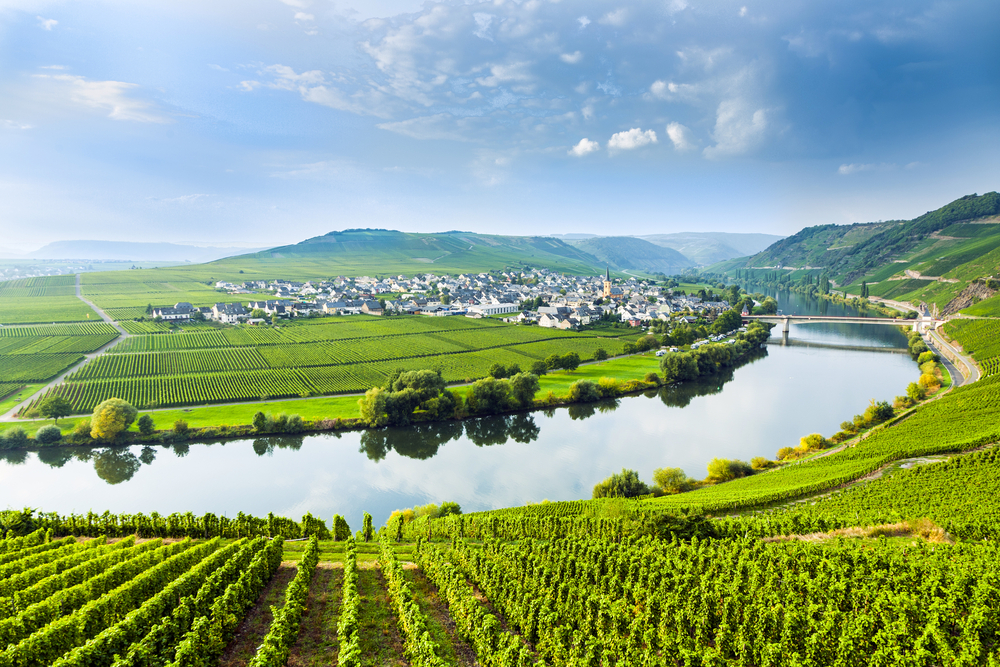
The Mosel region in Germany is famed for its steep slopes along the Mosel River, producing wines that are elegant, refreshing, and capable of aging beautifully. Known primarily for its Riesling, Mosel wines exhibit bright acidity, floral aromas, and a characteristic minerality that reflects the region’s slate soils. These wines can range from dry to sweet, but all are known for their finesse and balance. The cool climate of the region helps preserve acidity and enhances the aromatic complexity of the grapes. The Riesling wines from Mosel have a unique ability to age for decades, developing honeyed, petrol, and more complex fruit flavors over time.
For collectors, Mosel wines are prized for their longevity and ability to develop new dimensions as they age. With proper storage, top Mosel Rieslings can become even more remarkable with age, offering rich textures and deeper, more complex flavors. Wines from the Grand Cru sites, such as the ones found in Piesport and Bernkastel, are particularly sought after for their exceptional quality and aging potential.
Champagne, France
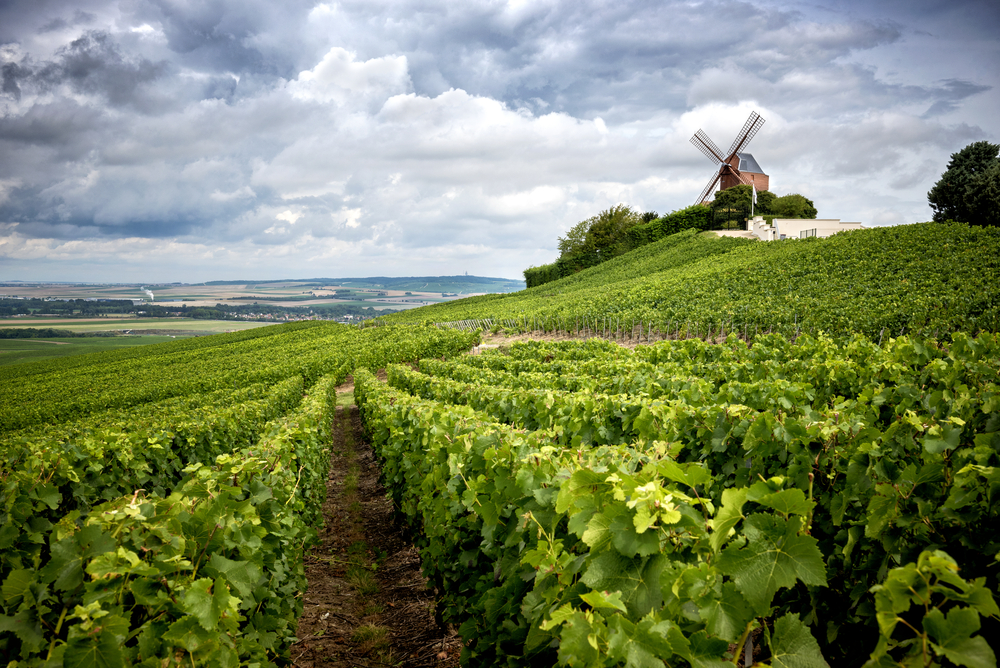
Champagne is the world’s most famous sparkling wine region, producing wines with a distinct effervescence and exceptional aging potential. Located in the northeast of France, Champagne’s unique terroir, with its chalky soils and cool climate, is ideal for growing the three main grape varieties used in Champagne production: Chardonnay, Pinot Noir, and Pinot Meunier. The traditional method of producing Champagne, known as “méthode champenoise,” involves secondary fermentation in the bottle, which creates its signature bubbles and complex flavor profile. These wines, especially vintage Champagnes, are prized for their delicate bubbles, crisp acidity, and yeasty, toasty notes that develop over time.
Collectors seek out older vintages of Champagne for their ability to evolve into more complex, rich, and refined wines. While many Champagne bottles are meant to be enjoyed young, vintage Champagne, especially from top houses like Dom Pérignon, Krug, and Bollinger, is known for its ability to improve with age, gaining flavors of dried fruit, nuts, and brioche. These wines are a favorite for collectors looking for bottles that maintain both elegance and depth over the years.
Barossa Valley, Australia
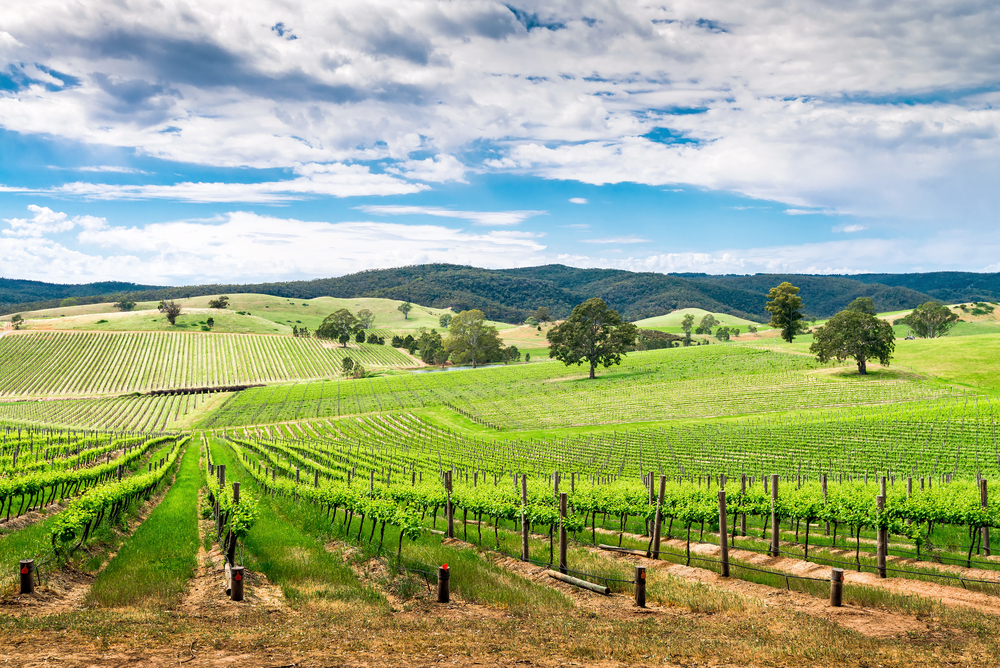
The Barossa Valley, located in South Australia, is one of the country’s most renowned wine regions, particularly known for its bold and full-bodied Shiraz wines. The region’s warm climate allows the grapes to ripen fully, producing wines with intense flavors of dark fruit, spice, and chocolate. Barossa Shiraz is often characterized by its richness, high alcohol content, and velvety texture, with well-integrated tannins that contribute to its aging potential. While Shiraz is the most famous grape of the region, Barossa also produces exceptional Grenache, Mataro, and Cabernet Sauvignon wines.
For collectors, Barossa wines are highly regarded for their depth of flavor and their ability to mature well over time. Shiraz from top vineyards can evolve into more complex wines with age, developing savory, earthy, and leather notes while retaining its intense fruit character. Barossa’s winemaking tradition, which blends old-world techniques with modern innovation, has established the region as a key destination for collectors seeking wines that improve with age.
Mendoza, Argentina
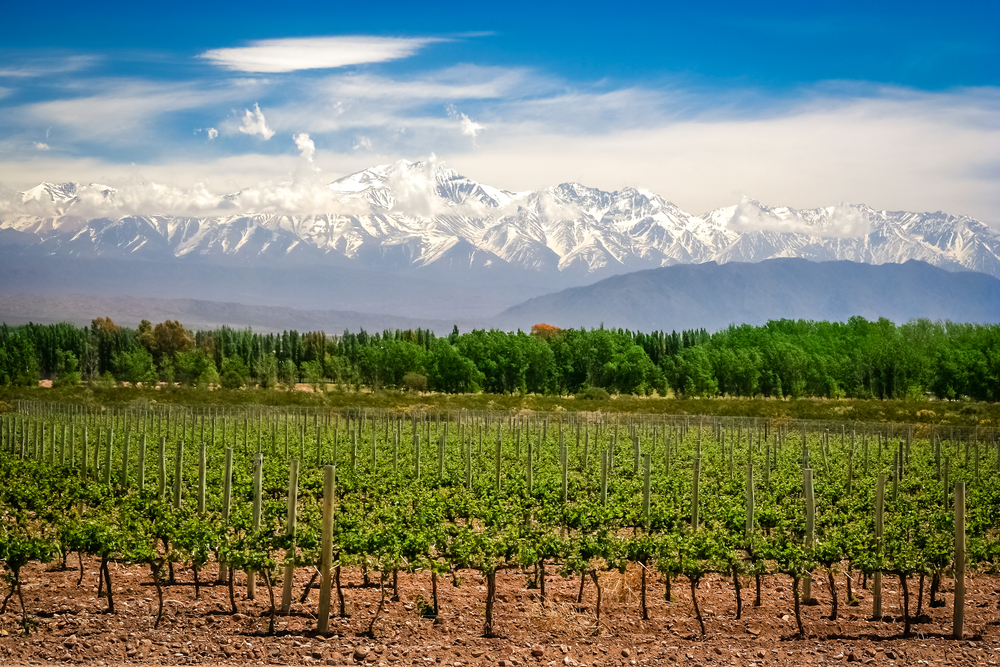
Mendoza, located in Argentina, is best known for its Malbec wines, which have garnered global acclaim for their deep color, rich flavors, and age-worthy structure. The region’s high-altitude vineyards, located at the foot of the Andes Mountains, benefit from cooler temperatures and intense sunlight, which allows the grapes to ripen slowly, concentrating flavors while maintaining acidity. Malbec from Mendoza typically offers bold flavors of ripe black fruit, such as blackberry and plum, alongside smoky, spicy, and earthy notes. The wines from this region are known for their smooth tannins, balance, and vibrant acidity, making them perfect for aging.
Collectors often seek out top Mendoza Malbecs for their ability to evolve, with the best examples becoming more refined and complex as they mature. Aged Mendoza Malbecs develop additional layers of savory flavors, including leather, tobacco, and dried herbs, while retaining their rich fruit profile. Mendoza’s growing reputation for high-quality, age-worthy wines has solidified its place as a favorite among wine collectors.
Stellenbosch, South Africa
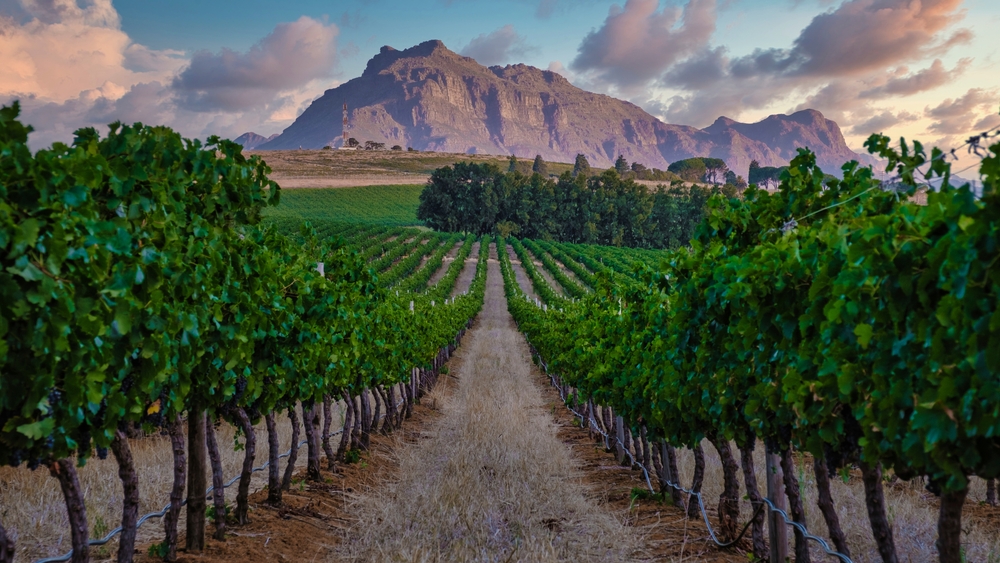
Stellenbosch is South Africa’s most famous wine-producing region, located in the heart of the Western Cape. The region is renowned for its exceptional Bordeaux-style blends, made primarily from Cabernet Sauvignon, Merlot, and Cabernet Franc, as well as varietals like Shiraz and Pinotage. Stellenbosch’s varied terroir, which includes warm, sun-drenched valleys and cooler mountain slopes, allows for the production of wines with great complexity and structure. The region’s wines are known for their rich fruit flavors, firm tannins, and balanced acidity, making them ideal candidates for aging.
For collectors, Stellenbosch wines are prized for their consistency and aging potential. The wines, particularly those from top estates like Kanonkop and Meerlust, develop beautifully with age, evolving from fruit-forward expressions to more nuanced and complex profiles, with notes of leather, tobacco, and earthy undertones. Stellenbosch’s established winemaking traditions and commitment to quality make it a key region for collectors seeking wines that improve over time.
Douro Valley, Portugal
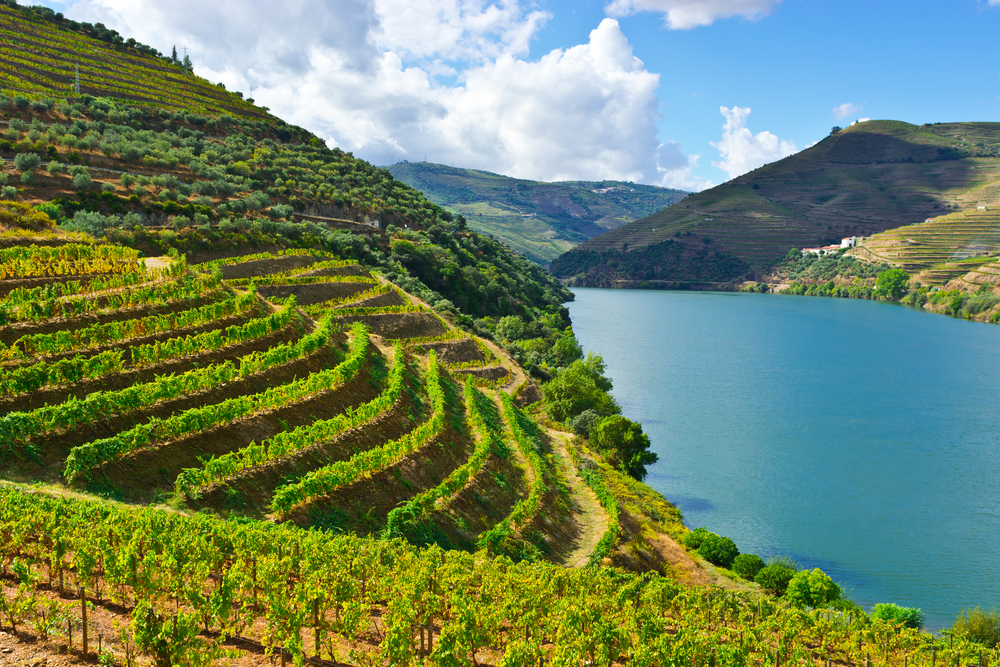
The Douro Valley, located in northern Portugal, is one of the oldest and most picturesque wine regions in the world. Known for its production of Port wine, the region also produces exceptional red and white wines from native Portuguese grape varieties such as Touriga Nacional, Tinta Roriz, and Tinta Barroca. The terraced vineyards of the Douro Valley, which run along the Douro River, create a unique terroir that contributes to the region’s distinctive, robust wines. The wines from Douro are known for their rich, concentrated fruit flavors, spice, and earthy complexity.
Collectors prize Douro wines for their ageability, with top vintage Ports being able to improve for decades, developing deep, complex flavors over time. While many Port wines are best consumed young, vintage Ports and high-quality red wines from the Douro Valley can become extraordinary with age, gaining flavors of dried fruit, chocolate, and tobacco. The region’s long history of winemaking and its deep commitment to quality make Douro wines a favorite among collectors who seek wines that evolve beautifully in the bottle.
Loire Valley, France
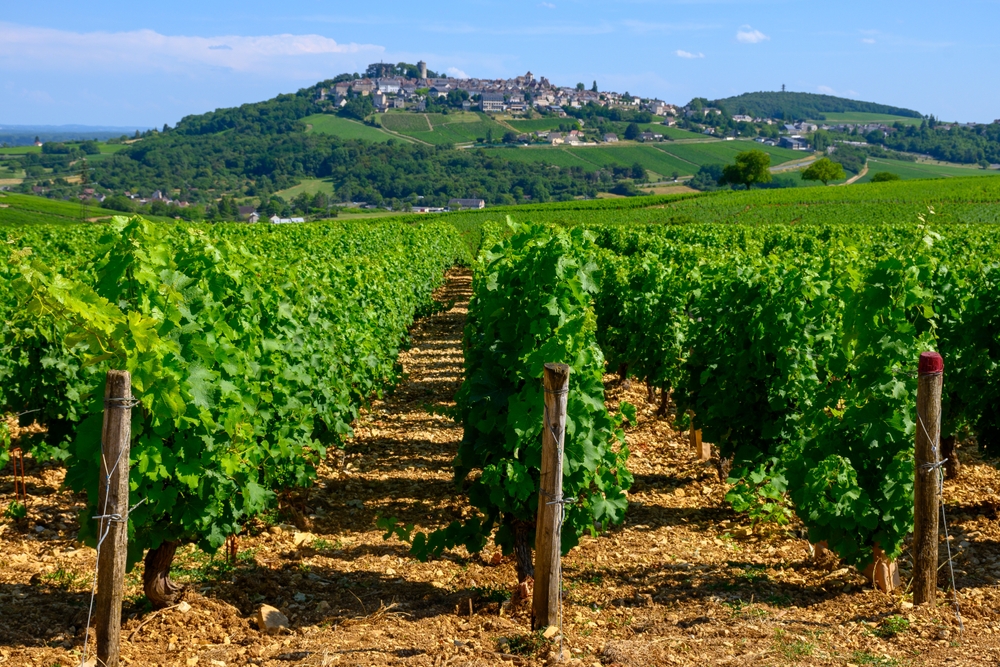
The Loire Valley, often referred to as the “Garden of France,” is known for its diverse and high-quality wine production, ranging from crisp whites to rich reds. The region is famous for its Sauvignon Blanc from Sancerre and Pouilly-Fumé, as well as its Chenin Blanc from Vouvray. The Loire’s cool climate and varied soils contribute to the production of wines with bright acidity, fresh fruit flavors, and excellent aging potential. Loire wines are often noted for their minerality, elegance, and balance, with some wines capable of developing beautifully over time.
For collectors, the Loire Valley offers a range of wines that mature with grace. Vouvray, particularly in its moelleux and demi-sec styles, has an exceptional ability to age, developing honeyed and floral notes as it matures. Sancerre and Pouilly-Fumé wines, made from Sauvignon Blanc, can evolve into more complex and nuanced wines with age, showing subtle notes of smoke, flint, and ripe citrus. The Loire Valley’s diverse terroir and commitment to quality make it an essential region for collectors seeking wines that age with elegance.
This article originally appeared on Avocadu.
